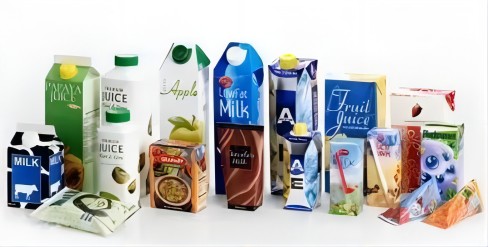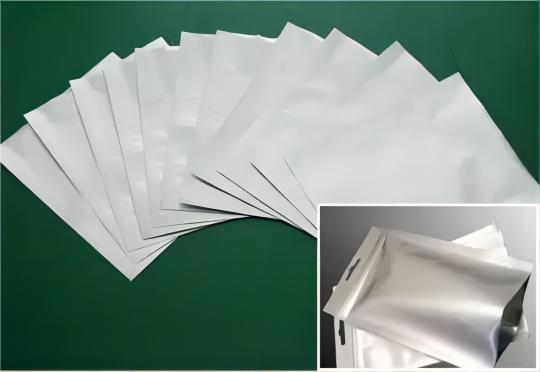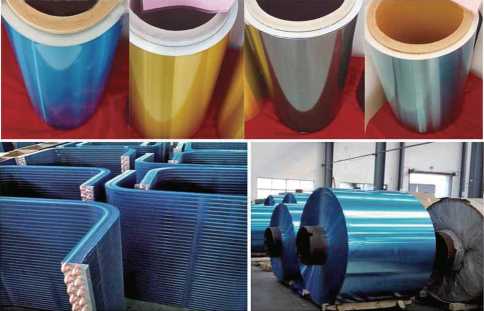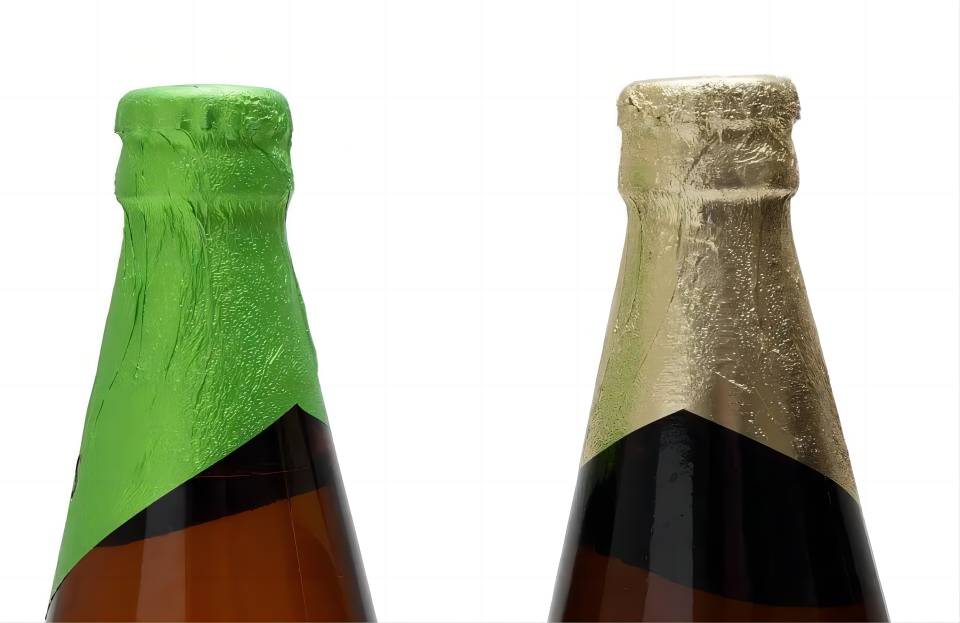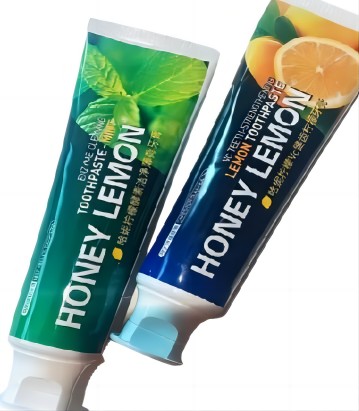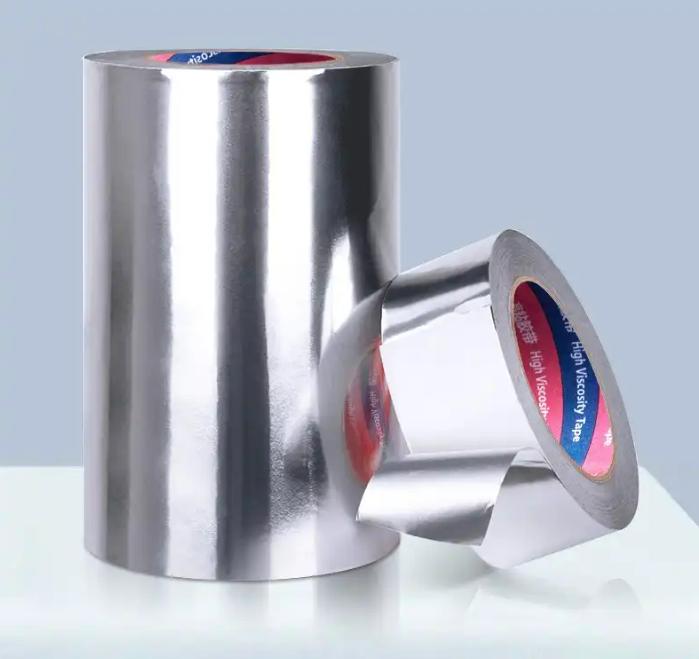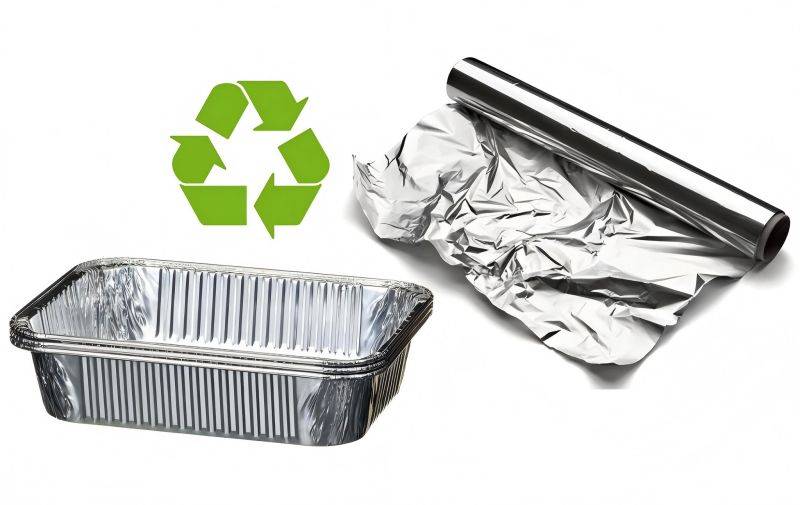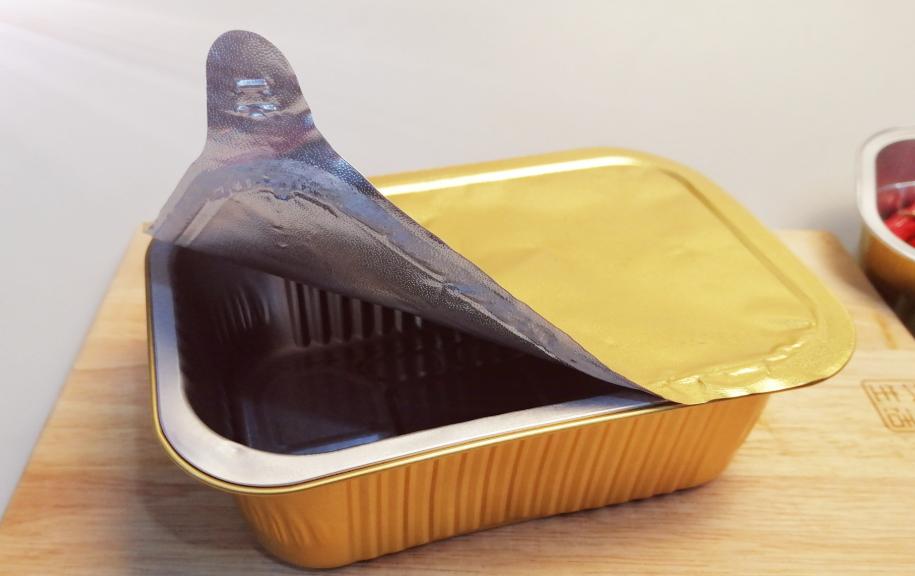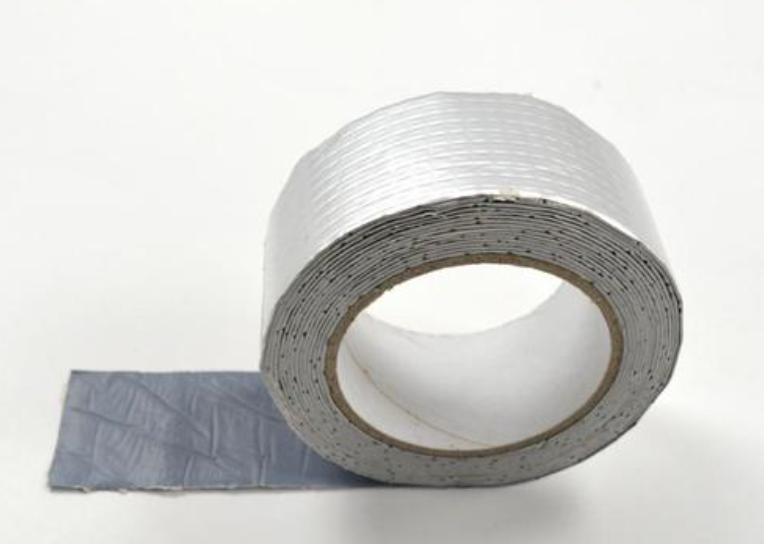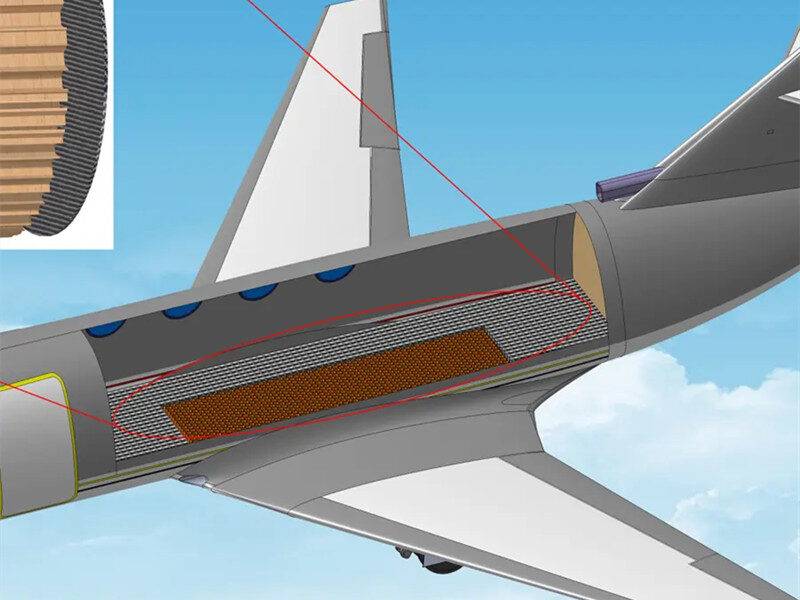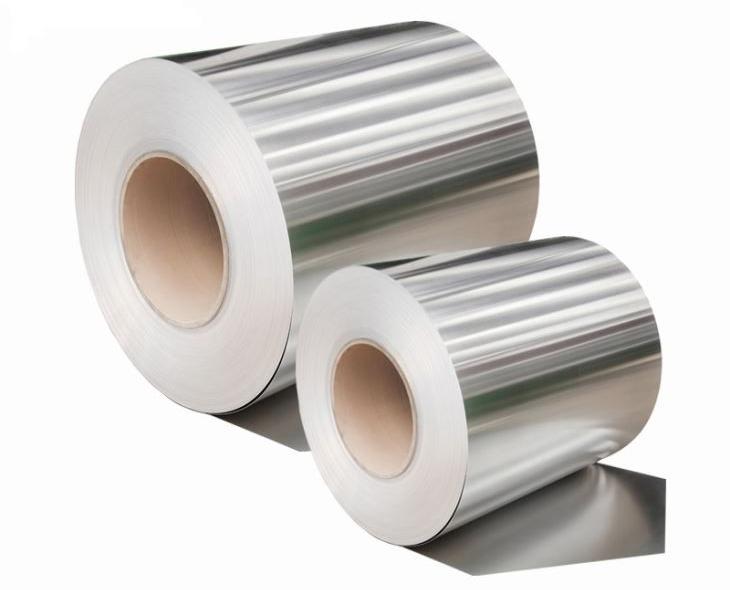Aluminum foil, lauded for its exceptional barrier properties, formability, and recyclability, finds itself nestled within a diverse array of packaging solutions. This versatile material transcends the realm of household kitchens, venturing into the sterile confines of medical packaging and the graphic world of cigarette packs. Let’s delve deeper into the specific functionalities and intricacies of aluminum foil across these distinct domains.
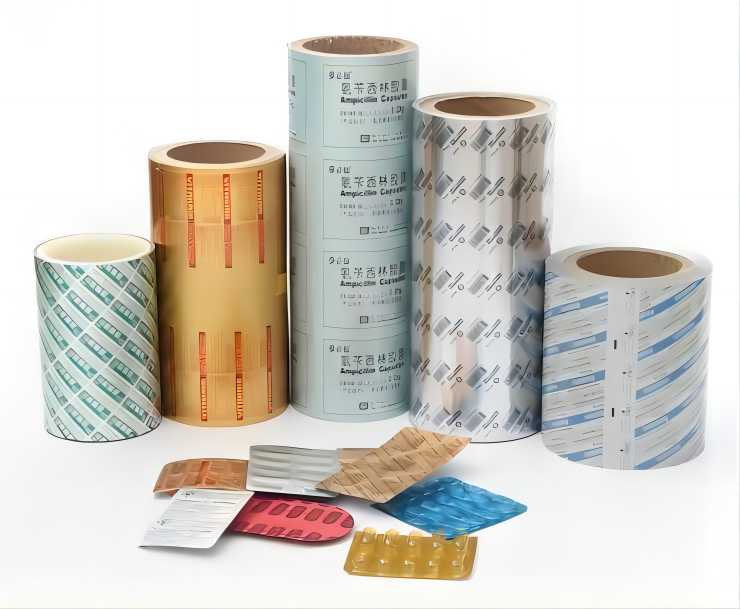
Applications of Aluminum Foil in Packaging
1. Aluminum Foil Food and Beverage Packaging
While not the primary focus of this exploration, it’s worth acknowledging aluminum foil’s enduring presence in food and beverage packaging. Its exceptional barrier properties against moisture, oxygen, and light safeguard product integrity and freshness, extending shelf life and preserving flavor. Additionally, its formability allows for diverse packaging formats, from flexible pouches to rigid containers, catering to various product needs.
2. Aluminum Foil for Medicine Packaging
Blister packs, the ubiquitous guardians of medication doses, rely heavily on the multifaceted properties of aluminum foil. Its outstanding formability readily conforms to the contours of tablets, capsules, and other dosage forms, ensuring a snug fit and protection against physical damage. More importantly, aluminum foil’s exceptional barrier properties shield pharmaceuticals from detrimental elements like moisture, light, and oxygen, which can compromise potency and stability. This becomes particularly crucial for sensitive medications.
- Sealing Techniques: Aluminum foil’s role extends beyond mere containment. It serves as the sealant against the blister card, employing various tamper-evident techniques like heat sealing or pressure-sensitive adhesives. These methods guarantee product integrity and prevent unauthorized access, safeguarding patient safety.
- Diverse Blister Pack Formats: The versatility of aluminum foil allows for the creation of different blister pack formats to cater to specific needs. Push-through packs offer ease of access for patients, while peelable packs prioritize child resistance. Additionally, combination blister packs integrate aluminum foil with other materials like plastic for enhanced functionality.
While blister packs represent the most prominent application, aluminum foil finds its place in other aspects of medical packaging. Aseptic packaging, a sterilization technique, frequently incorporates aluminum foil due to its formability and superior barrier properties. This enables the sterile storage of pharmaceuticals without refrigeration, ensuring product safety and efficacy. Additionally, aluminum foil finds application in pouches and vials for specific medications, offering a lightweight and robust packaging solution for various delivery methods and dosage forms.
3. Aluminum Foil for Cigarette Packaging
In the realm of cigarette packaging, aluminum foil plays a vital role in preserving the product’s freshness and integrity. Its impermeability to moisture prevents the ingress of water vapor, which can negatively impact the tobacco’s taste and aroma, ensuring a consistent smoking experience. Furthermore, the formability of aluminum foil allows for intricate designs and branding elements to be embossed onto the packaging, contributing to the overall aesthetic appeal and brand recognition.
However, regulations specific to cigarette packaging impose additional considerations on the use of aluminum foil. The foil’s thickness and composition might be subject to specific guidelines to ensure child resistance and prevent easy tearing. Additionally, restrictions on certain design elements might be in place to curb the appeal of smoking products.
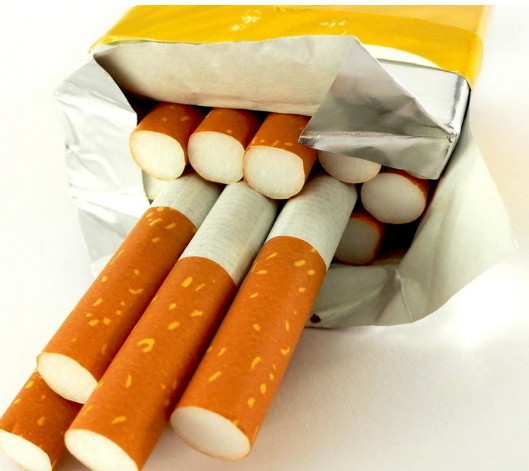
Sustainability and Recycling of Aluminum Foil Packaging
As environmental concerns take center stage, the end-of-life journey of aluminum foil packaging becomes paramount. Fortunately, aluminum boasts an impressive recyclability rate exceeding 70% globally, significantly surpassing many other packaging materials. This recyclability stems from its inherent properties:
- Permanent Material: Aluminum does not degrade during the recycling process, unlike materials like paper or plastic. This allows for repeated recycling without compromising quality or performance, contributing to a circular economy where resources are continuously reused.
- Energy Efficiency: Reprocessing aluminum requires significantly less energy compared to virgin material production. This translates to lower greenhouse gas emissions and reduced environmental impact. For instance, estimates suggest that recycling one aluminum can save enough energy to power a television for three hours.
However, challenges remain on the path to achieving optimal sustainability for aluminum foil packaging:
- Multi-Material Complexity: Modern packaging often incorporates multiple materials, such as plastic liners or adhesives, alongside aluminum foil. The separation and sorting of these complex configurations can be challenging, hindering efficient recycling rates.
- Collection Infrastructure: While the theoretical recyclability of aluminum is high, practical limitations exist. Access to convenient and well-established collection infrastructure, particularly in developing regions, remains a hurdle.
- Consumer Behavior: Public awareness and responsible disposal habits are crucial for maximizing recycling rates. Educating consumers about proper sorting and collection procedures plays a vital role in closing the loop.
Opportunities for improvement abound:
- Eco-Design: Redesigning packaging with recyclability in mind from the outset can significantly improve post-consumer recovery. This involves using mono-material solutions or easily separable components, facilitating efficient sorting and processing.
- Technological Advancements: Investments in innovative sorting and recycling technologies can overcome the challenges posed by complex packaging configurations. For instance, advancements in near-infrared (NIR) sorting can accurately identify and separate different materials within multi-component packaging.
- Extended Producer Responsibility (EPR) Schemes: Implementing EPR schemes, where manufacturers share responsibility for the end-of-life management of their products, can incentivize sustainable design and efficient recycling infrastructure development.
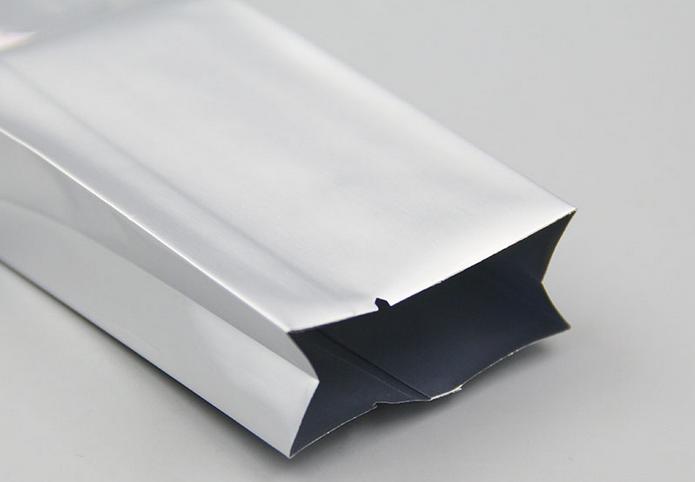
Conclusion
Aluminum foil’s journey in the realm of packaging continues to evolve. As advancements in material science and processing techniques unfold, we can expect even more sophisticated applications to emerge. The focus on sustainability will undoubtedly drive innovations in recycling technologies and the development of eco-friendly foil compositions. From safeguarding pharmaceuticals to enhancing the allure of cigarettes, aluminum foil’s unique properties ensure its continued relevance in a diverse and ever-evolving packaging landscape.

